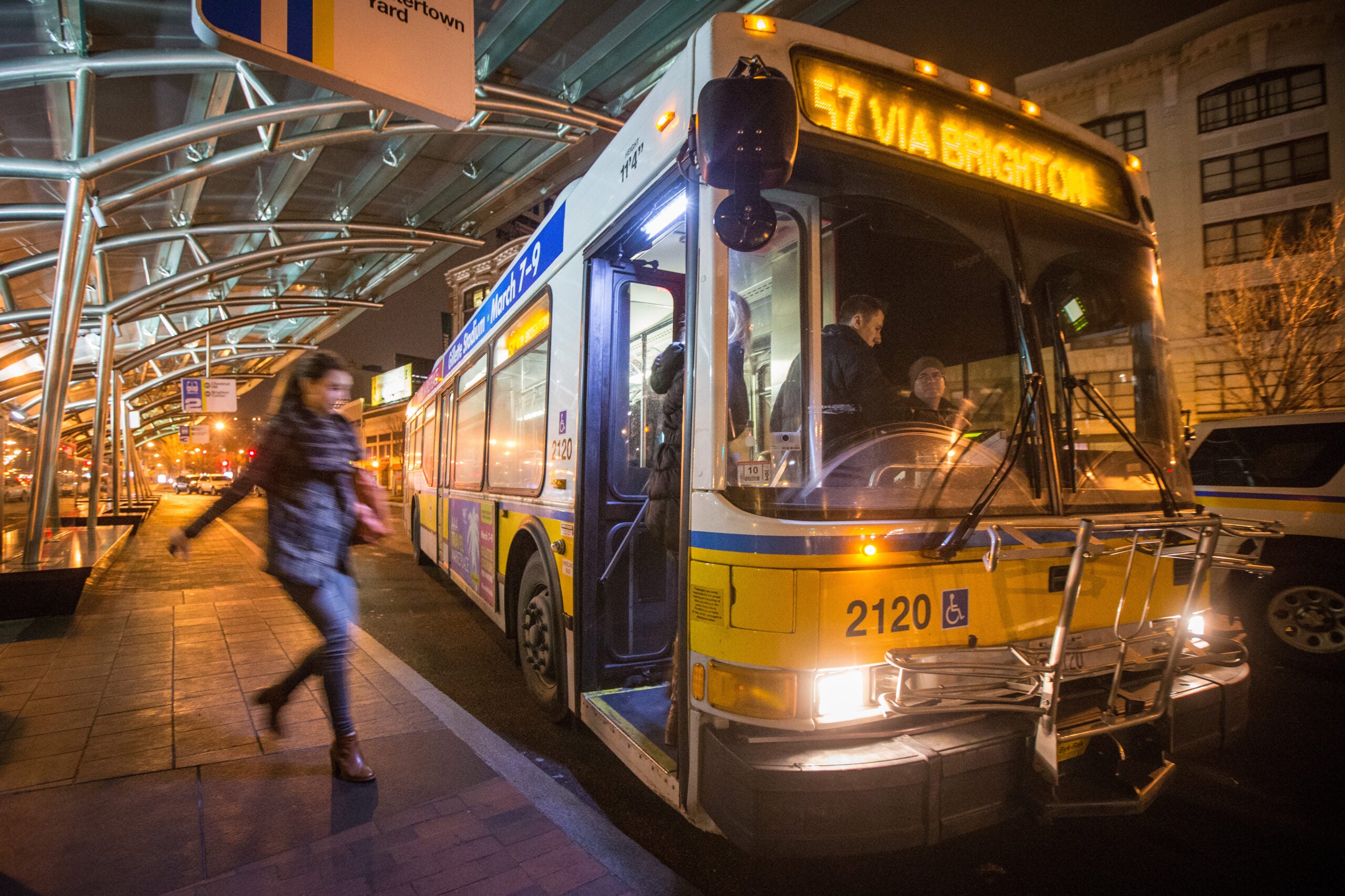Wickedpedia
A scarcity of electrical trolley automobiles within the Sixties is basically accountable.

Anybody who has ever boarded a Inexperienced Line trolley has doubtless taken be aware of the letters representing the completely different branches: B, C, D, and E.
However what ever occurred to the “A” department?
To higher perceive this historical past, Boston.com, on the advice of the MBTA, spoke with native transit historian Bradley Clarke, who’s president of the Boston Road Railway Affiliation and an creator of 10 books on transit in Boston and Massachusetts.
‘A convoluted route’
In 1896, the West Finish Road Railway — which was transitioning from horsecars to electrical trolleys on the time — opened a line extending from Newton Nook to North Station, then generally known as North Union Station, Clarke defined by cellphone.
“It adopted a convoluted route from Newton Nook, down Washington Road, Park Road, Tremont Road, Washington Road, Cambridge Road, Brighton Avenue, Commonwealth Avenue, and into downtown Boston,” he mentioned, noting that this was partially the start of what would develop into the A department.
The A department’s official begin although, per se, was in August 1900 (nonetheless many years earlier than the “Inexperienced Line” and lettered branches) when observe was opened on Commonwealth Avenue, main all the best way to Lake Road in Brighton for in the present day’s B department, Clarke defined.
“The vestigial A line now started operating down Commonwealth Avenue to the Tremont Road subway, which had opened three years earlier in 1897,” he added.
The Tremont Road subway was the primary subway constructed within the U.S. The tunnel, which continues to attach the Inexperienced Line’s Boylston and Park Road stations in the present day, was 125 years previous as of this previous September, the MBTA tweeted within the fall.
Trolleys additionally continued from Newton Nook by way of Galen Road to Watertown Carhouse — which nonetheless exists in the present day, in any other case generally known as Watertown Yard.
An try to finish the A line
Flash ahead a number of many years to 1962.
Largely in response to a scarcity of electrical trolley automobiles on the time, the Metropolitan Transit Authority — the predecessor to the Massachusetts Bay Transportation Authority, or MBTA — determined to strive changing a few strains from trolley automobiles to diesel buses, Clarke mentioned.
They carried out a brief trial, but it surely was unsuccessful. The A line commuters didn’t take pleasure in using the bus to Kenmore, getting off the bus, taking the escalator downstairs, and boarding trolley automobiles from Commonwealth Avenue, Beacon Road, and Riverside — particularly if it meant dropping their seat, he defined.
Public strain from this trial ensured that the A department remained lively for a number of extra years.
From trolley to bus
By 1969, the dearth of working trolley automobiles to run the A department had develop into crucial, Clarke mentioned.
Politicians on the time reportedly made it clear that the Commonwealth Avenue line, the Beacon Road line, and the Riverside line — now generally known as the B, C, and D strains, respectively — had been extra vital than the A line. As soon as once more, officers moved to transform the road from streetcars to diesel buses, he mentioned.
“There was a whole lot of public opposition — the Committee for Higher Transit, for instance, out in in Brighton, Newton, and Watertown, fought them tooth and nail at public conferences, placing up posters, doing a newspaper marketing campaign, the whole lot, however they didn’t prevail,” Clarke mentioned. “And so the road was transformed.”
Watertown Yard
Although the A department was transformed from trolley automobile to bus operation in 1969, the tracks remained in place from the central subway to Watertown till 1992 as a satellite tv for pc entry technique to Watertown Carhouse, Clarke mentioned.
Watertown Carhouse served as a “type of second store — the primary store being in Everett, Massachusetts” — the place trolley automobiles had been painted, repaired, maintained, and many others., the native transit professional mentioned. Transit officers had been capable of entry Watertown Carhouse extra simply than the store in Everett as a result of tracks, whereas to entry the store in Everett, streetcars needed to be placed on a truck and hauled there.
The tracks had been finally eliminated starting in 1992, following public strain, primarily throughout the metropolis administration, Clarke mentioned. The final of the tracks had been eliminated in 1994, he mentioned.
At this time, the 57 bus follows the same route that the A department did, Clarke mentioned.
The one main change is that the trolley automobiles ran straight over the Massachusetts Turnpike by way of a particular proper of manner constructed for them in 1964, quite than the loop the buses take, he mentioned.

E-newsletter Signup
Keep updated on all the most recent information from Boston.com